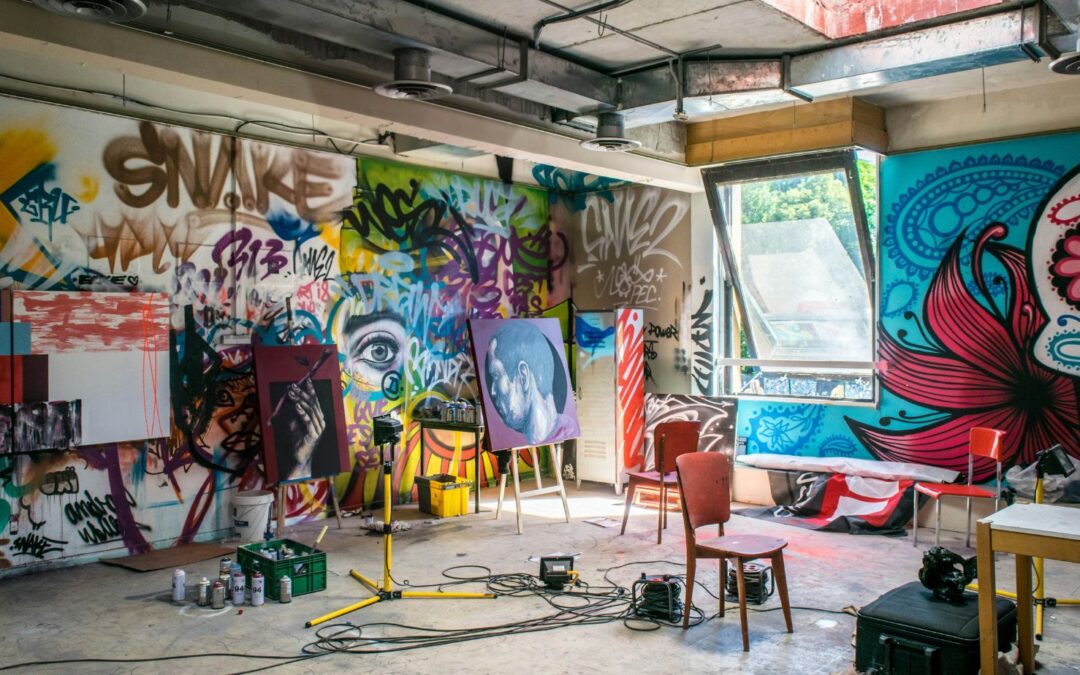With creativity and skills in high demand, your talent as an artist, photographer, or designer gives you a head start. However, to turn your creative side hustle into a full-time, profitable business, you’ll need to add some structure to your craft. Automation of administrative tasks like invoicing, scheduling, and fulfilling your customers’ orders can help you achieve that. Read on to learn how to transform your side gig into a full-fledged business without sacrificing your time or creativity.
Identify and Documenting Your Creative Process
Let’s start by taking a close look at your creative process. As a side gig, you may not have a well-defined system in place for your creativity, and that’s okay. However, you’ve gained valuable experience through hands-on work, so it’s time to use that knowledge to map out your process from start to finish.
For example, if you’re a photographer, your creative process might look something like this:
- Receive a client inquiry or project brief
- Discuss details and schedule a photoshoot
- Prepare equipment and scout locations
- Conduct the photoshoot
- Edit and retouch the images
- Deliver the final product to the client
Don’t worry if your process isn’t perfect right away. Your goal at first is to identify the key steps involved in your craft, from initial concept to final delivery.
If you’re having trouble documenting your process, consider seeking assistance from agencies like what2do that specialize in building custom software solutions for businesses. During consultations, companies like this will collaborate with you to capture all the important steps involved in your creative process.
When you take your time to understand your creative process, you’ll be better equipped to implement the most effective automation solutions.
Identify Time Traps and Bottlenecks
Now that you’ve mapped out your creative journey, it’s time to take a closer look at the areas that slow you down or drain your productive hours. These are the “time traps” and bottlenecks that can hinder your ability to take on more projects and grow your business.
Go through each step of your process and pinpoint the tasks that feel tedious, repetitive, or administrative in nature. These are prime candidates for automation. For instance:
●As a photographer, importing, organizing, and backing up photo files after every shoot can be incredibly time-consuming.
●Graphic designers often spend hours exporting files into different formats for clients.
●Invoicing, following up on payments, and tracking expenses are necessary evils for any creative business.
These seemingly small tasks can quickly add up, stealing precious time away from your creative work. Don’t let them hold you back any longer.
Explore Your Automation Solutions
With your time traps identified, it’s time to identify the automation solutions that will ease your creative business. You have two main paths to consider: third-party software or a custom-built solution tailored to your unique process.
Third-Party Software
The market offers a variety of tools designed to automate common tasks like invoicing, scheduling, and social media management. These are convenient; however, the one-size-fits-all solutions may not seamlessly integrate with your specific creative workflows.
Custom Software
As a creative, your process is as unique as your artistic style and brand. To ensure you maintain your brand identity, consider investing in a custom software solution designed specifically for your business. This approach allows you to automate your entire process, from client onboarding to final delivery, in a way that aligns perfectly with your brand and creative vision.
A custom solution offers several advantages:

●Tailored to Your Needs: Every aspect is designed around your unique requirements, ensuring an intuitive and optimized experience.
●Scalability: As your business grows, your custom software can adapt and evolve, preventing bottlenecks and growing pains.
●Competitive Edge: By automating your distinct process, you differentiate your services and establish a professional, efficient brand identity.
●Time Savings: With a seamless, automated workflow, you’ll spend less time on administrative tasks and more time creating.
A custom individual software solution may require a higher investment. Eventually, it pays you dividends by skyrocketing your efficiency without compromising your creativity or brand identity.
Conclusion
Digital Automation is your chance to turn a creative side gig into a business that thrives. But it can be tasking when you do it alone. Engage professionals from the start. Hire a business analyst or consultant to provide an outside perspective and ensure you implement the right solutions efficiently.


